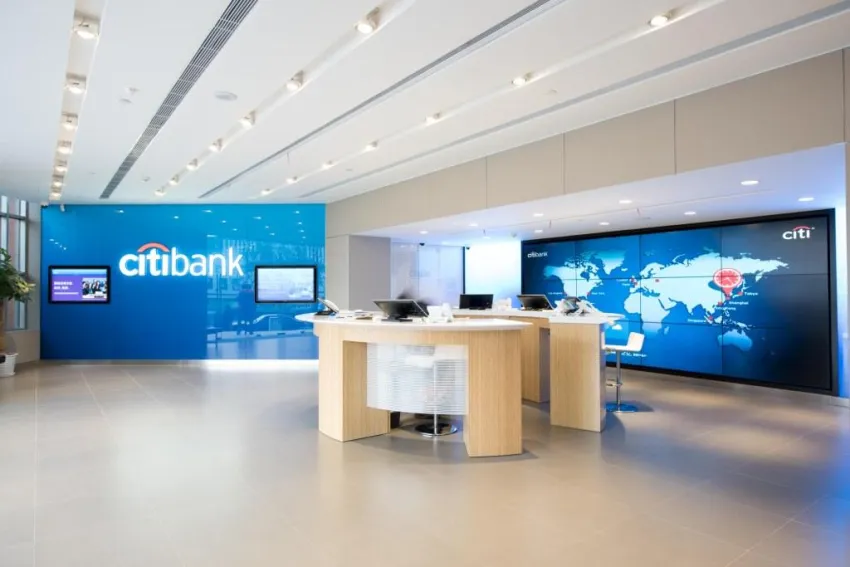
How will banks' branch services be led by digital?
Find out why branch transformation depends primarily on technology.
When Citi first launched its Smart Banking branches in 2009, it did not anticipate that eight years later, nearly 95% of all its transactions would be conducted through non-branch channels. Across the world, brick-and-mortar branches have been speedily evolving and have taken on many faces to accommodate today’s digital natives.
Harini Ravilochanan, consulting manager at Cognizant Business Consulting Group, says that branch transformation depends primarily on technology. For instance, he says that hand-held mobile devices can replace traditional teller counters, thereby differentiating bank services and personalising customer experiences at branches.
According to the RBR study Teller Automation and Branch Transformation 2017, teller assist units (TAUs) in 26 key economies reached 186,500 in 4Q16 amidst the reduction in physical space and mounting cost pressures. TAUs prove to be helpful in reducing multitasking amongst bank employees so that they can give more focus to their clients.
“We do understand though that many clients still want to bank in a branch, but the main role of branches today is to acquire customers, drive brand awareness, and manage high-value interactions for affluent relationships,” says Gonzalo Luchetti, head of retail banking for Asia Pacific, Citi.
In order to address these, Citi took on the Smart Banking model which offers interactive touch panels, videoconferencing capabilities, and fullservice banking from smartphones and tablets, features which are also offered in a lot of Asian banks. Meanwhile, other banks such as Maybank serve a mass market with self-service kiosks open for extended hours.
“Branch services will be led by digital — allowing branch staff and customers to use the same platforms with the same look and feel as the bank’s digital channels. At the same time, the human touch of the branch will prevail, aided by digital capabilities,” says Ravilochanan.




![Lorem Ipsum [ABF 1]](https://cmg-qa.s3.ap-southeast-1.amazonaws.com/s3fs-public/styles/exclusive_featured_article/public/2025-03/a_hand_pointing_to_a_futuristic_technology_5b87c9d0e3_1.png.webp?itok=2w0y1WhS)


![Cross Domain [Manu + SBR + ABF + ABR + FMCG + HBR + ]](https://cmg-qa.s3.ap-southeast-1.amazonaws.com/s3fs-public/styles/exclusive_featured_article/public/2025-01/earth-3537401_1920_4.jpg.webp?itok=WaRpTJwE)







 Advertise
Advertise

